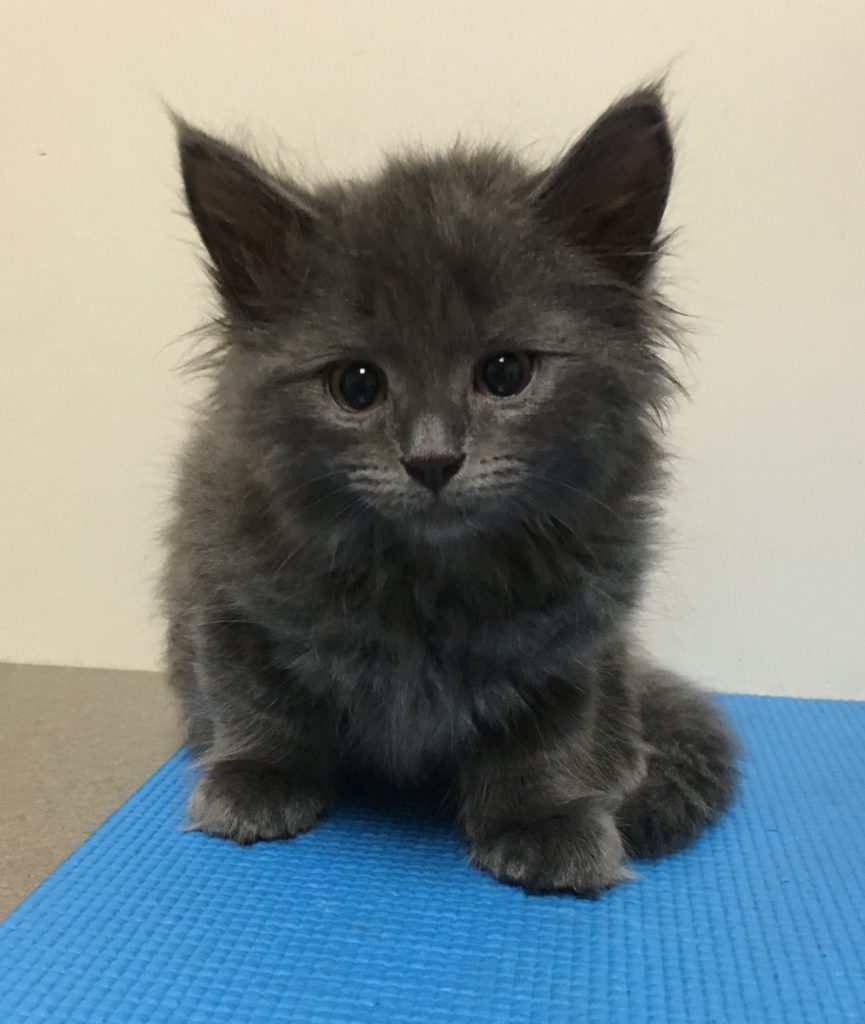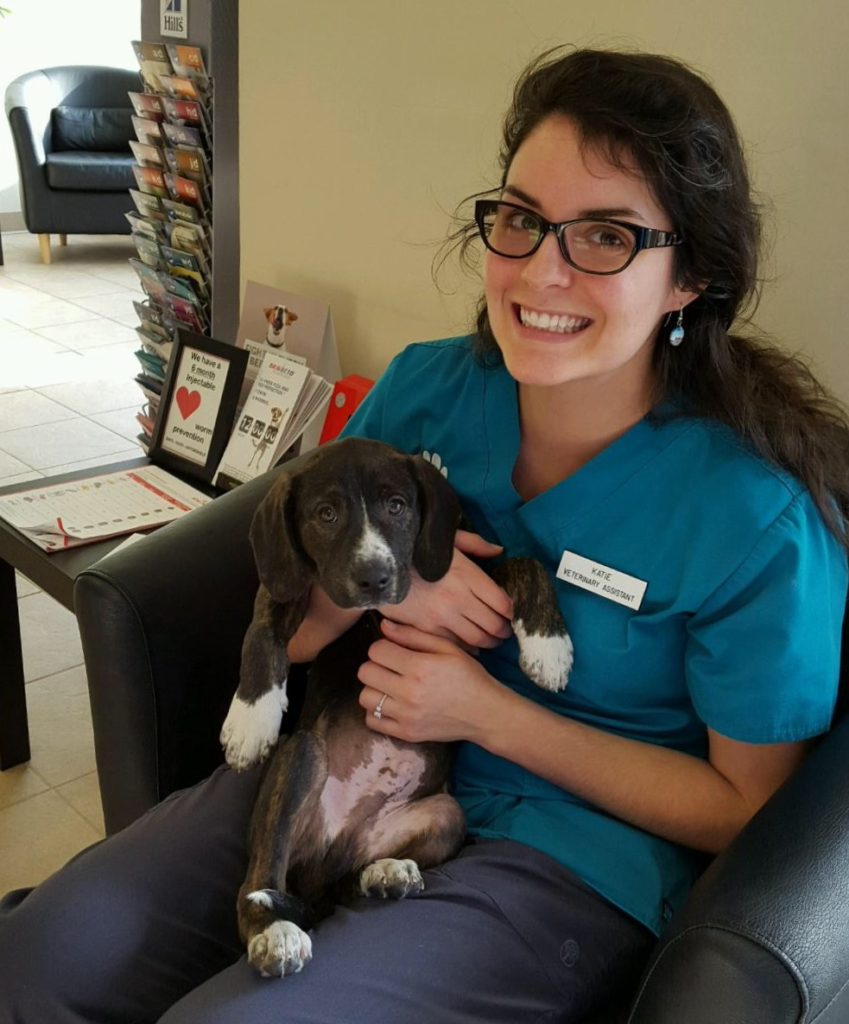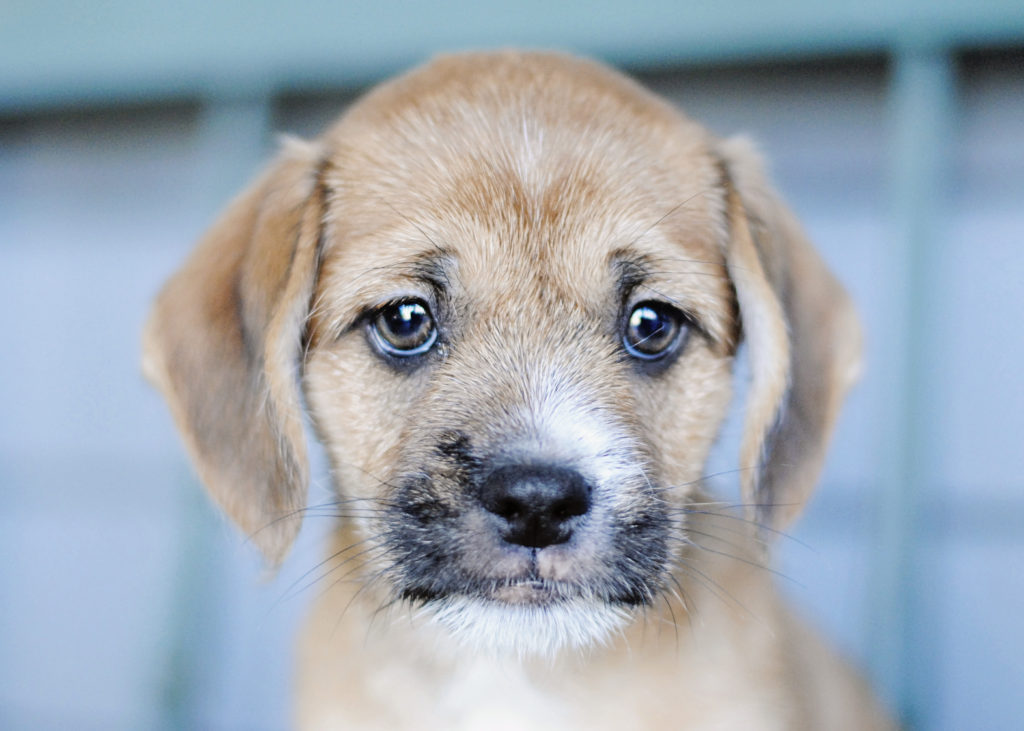It’s Puppy and Kitten Season! A Guide to a Great Start with Your New Pet.
With the rest of summer to look forward to, this is often considered the ideal time to add a pet to your family. We at PAW would like to offer some advice on this life decision. The first step before adopting a new pet is research. Use your resources. Ask people who have experience owning pets. Consult with your veterinarian. And ask yourself this: what kind of lifestyle do I live? For example if you have an active lifestyle and enjoy going on 5 mile hikes daily, an active dog breed would be an appropriate choice. If, by contrast, your lifestyle does not allow a lot of time to devote to exercise, then a less active breed, such as a Maltese, may be a good fit. The key to limiting behavioral problems is remembering some breeds were bred for specific purposes and to give this careful consideration when choosing a companion. Without the proper environmental stimulation, behavioral problems become more commonplace. That said, if you are able to adopt a mixed breed and are unsure of what his personality/demeanor will be like, be sure you can be flexible and able to adapt. There are plenty of dogs in need of loving homes and if you want a specific breed there are even some breed specific rescues.
So you have adopted a new pet, what now? The most important thing you can do is bring him to the veterinarian for a wellness exam. They will check the overall health of your new friend. This is very similar to your yearly physical. During this exam your vet will check for signs of common puppy and kitten issues. The doctor will check for eye or nasal discharge which could indicate an upper respiratory infection. He or she will examine his skin and ears for any signs of itchiness or irritation which could indicate skin infection or ear infection. Your vet will listen to your pet’s chest to be sure there isn’t a heart murmur and that his or her lungs are clear. Your veterinarian will also evaluate your pet’s body condition to determine if they are growing and thriving. Kittens will then have a blood test done to check for Feline Immunodeficiency Virus and Feline Leukemia Virus. Another important part of your pet’s evaluation will be a fecal exam to check for internal parasites. Many new pets come with some sort of parasite and may not show any signs or symptoms but which are typically easily treated with oral medication. Finally, during the exam you r veterinarian will check for congenital defects such as hernias and other malformations.
After the veterinarian checks the overall health of your new puppy, they will discuss vaccinations. There are a lot of opinions about vaccinating out there, but the bottom line is that it is important. Many diseases that are no longer prevalent in the area have become that way because of vaccination.
The core vaccines for kittens are Rabies and FVRCP. FVRCP is a combination vaccine which vaccinates against Feline Viral Rhinotracheitis, Feline Calicivirus, and Feline Panleukopenia Virus, also known as Feline Distemper. Feline Leukemia Virus (FeLV) is another core vaccine that is strongly recommended.
The core vaccines every puppy should receive are Rabies, Distemper, and Bordetella. Distemper (Da2P) is a combination vaccine which vaccinates against Distemper, Adenovirus, and Parvovirus. This vaccine is given once every 2-4 weeks until the patient is 14-16 weeks of age. Certain breeds such as Rottweilers need an additional dose after 16 weeks of age. After the core vaccines are given, your veterinarian will discuss the non-core vaccines. These vaccines are chosen for your puppy based on his/your lifestyle. For example if you live in an area with Lyme disease, such at Connecticut, and often take your pooch on hikes or into the woods, the Lyme vaccine may be something you’d consider. With the development of the new chimeric recombinant Lyme vaccine, efficacy is greatly improved. If you have a dog that likes to swim, drink from stagnant water and/or live near a body of water, the leptospirosis vaccine is something your pet may need. This vaccine protects against Leptospirosis, which is a bacterial disease shed in the urine of wildlife including rodents in urban areas. This vaccine is especially important for pets with potential exposure because humans are also susceptible to Leptospirosis. If your dog is going to go to a groomer, boarding facility or training classes (which we highly recommend) the canine influenza vaccines may be something you should consider. Most kennels and areas where dogs come in close contact with one another require these vaccines. If the place doesn’t require these vaccines, it’s even more important to protect your own pet since they won’t benefit from herd immunity. These non-core vaccines are initially given in a series of two doses separated by 2-4 weeks. After that, the vaccine is given once annually. The non-core vaccines can be started at any age, so if you don’t think your puppy is going to like water and then later discover he loves to swim, you can get him vaccinated accordingly.
After your pet has been examined and received initial vaccinations, it is important to start the training process. Your puppy is a sponge and can learn a lot if you are willing to teach him. Sit, stay and come are the obvious ones. Some of the les obvious, but equally important things you should teach your puppy are not to jump or mouth or bite. Puppies bite, it is the way that they explore their surroundings, but it is important to teach him to differentiate between a toy and skin. You want him to learn his boundaries early so that when he is bigger he doesn’t hurt someone by mistake. You can do this by verbal correction and by staying consistent.
Another important step in raising your new puppy is socialization. Once your pup is old enough to socialize, you should expose him as many places and situations as you can. Two to six months is a critical socialization window for puppies to prevent future problems. Exposure to other dogs is key, but you want your pet to have a good experience. They should be exposed to other dogs their own age that have been vaccinated or to well mannered, fully vaccinated adult dogs. Tanking your pet to places to socialize with people is also important. But what many people don’t realize is that it is also very important to take him somewhere where you two can sit and watch and not be involved in what’s going on around you. Got to a park, sit on a bench, and don’t allow anyone to come up to him. This is how your pup will learn that not every time is play time, and that it isn’t necessary to greet every dog and person. You want to desensitize him to his surroundings. You don’t want him to be afraid of other dogs or people, but you also don’t want an overexcited dog every time something new wanders by. It’s a balance that will make both you and your pet happy.
Many people don’t realize that cats also need balance and environmental enrichment. Space is key to having any new cat be comfortable in your home. Having vertical space in which he can climb and jump is essential. Cats feel the most comfortable and secure in high places. The number of litterboxes should be equal to the number of cats plus one. Providing an adequate number will allow your cat to feel more content while also aiding in the prevention of unwanted behaviors such as urinating outside of the box. Uncovered litter boxes away from high traffic areas are ideal and will put your cat most at ease. Exercise is key, especially for indoor cats. Providing toys is imperative from their stimulation because the toys resemble prey. Be sure to rotate toys in order to keep him interested. Laser pointers and toys attached to strings are also a good way for you to help your cat stay active. Putting water and food on two different sides of the house is another easy way to encourage him to explore the house.
Adopting a new pet and helping them adapt to their new home is definitely a process but knowing and anticipating what they will need is a step in the right direction. Getting the veterinary care they need and researching what you can do for them at home is the best thing you can do for your new pet. You have already taken a step in the right direction by reading this article.



